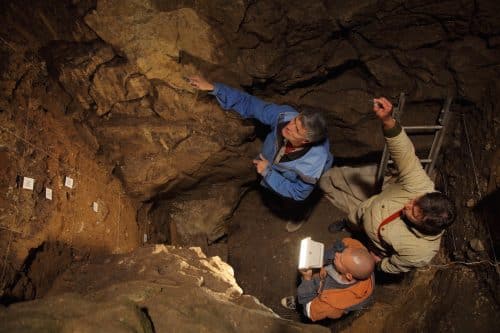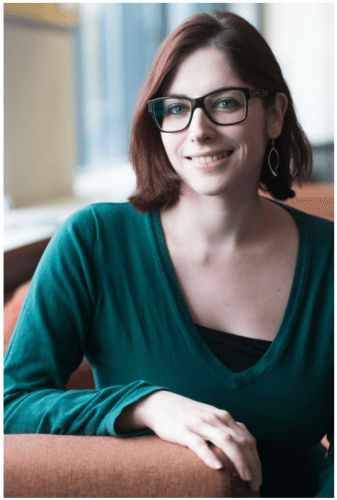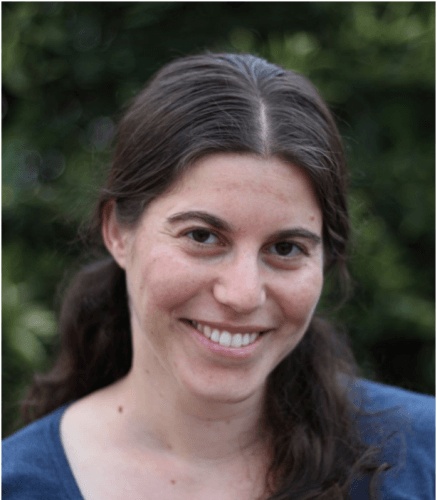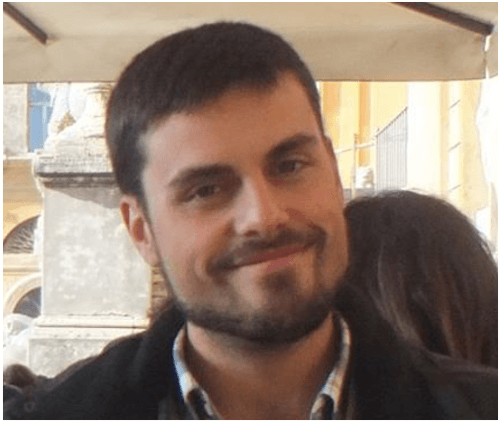The fields in which the graduate students are engaged: archeology and natural sciences, literature and astronomy. Among the studies: Life expectancy assessment Prehistory through dental analysis, extracting DNA from the remains of ancient hominids, studying the behavior of "white dwarfs" and "dark matter", to "the poetics of violence".

20 young researchers, doctoral and post-doctoral students from Israel and the world, won Dan David scholarships for 2017. The winners this year come from three fields of research: archeology and natural sciences, literature and astronomy.
The Dan David Award, given in Israel, is currently one of the top international awards. It is named after Dan David, a businessman and international philanthropist, who passed away several years ago. As part of the award, three awards worth one million dollars each are awarded each year to people who have demonstrated special excellence in the fields of science, the spirit, art, public service and the world of business.
This year they won Prof. Svante Pavo and Prof. David Reich - In the field of archeology, in the field of literature, they won American writer Jamaica Kincaid and the Israeli writer A.B. Joshua, and in the field of astronomy, won Prof. Neil Gehrels, Prof. Shrivinas Kulkarni וProf. Andrei Odelsky.
According to the tradition of the award, the winners donate 10% of the award money to 20 scholarships intended for young researchers in their fields of activity and each young researcher will receive 15 thousand dollars which will allow him to continue the current research he is engaged in and develop and promote other projects.
The list of winners this year includes 14 Israelis: Shmuel Biali, Eyal Bassan, Zachariah Donst, Aviad Cohen, Ron Ben Tovim, David Gokman, Naama Helchon, Maya Klein, Moran Neuhoff, Aviv Ofir, Ohad Cohen, Itai Nodel, Merav Kuik-Korn and Adam Rubin .
The scholarship winners and their research
It's with me, from the School of Dentistry at Tel Aviv University, for example, investigates the assessment of prehistoric life expectancy through dental analysis. "Teeth are in an extraordinary level of preservation as an archaeological find from prehistoric times" he says. "In the study of teeth, you can learn about dietary habits, extract data and even distinguish between Neadrethals and Homo sapiens." As part of the research, Nodel examines, according to dental findings, what the life expectancy was in different periods, when he proposes to examine the internal tooth structure as a measure of age, while relying on the building and layering processes that occur with increasing age in the internal dentine tissue. "The dentin is protected from external erosion of the teeth, and the examination of the dentin by micro-CT scans may diagnose the age of the individuals found at the archaeological site in a non-invasive and destructive way. This combination of dental research and archaeological research is at the heart of this year's Dan David Prize, and represents the connection of the two fields in order to discover hidden information about our ancient ancestors.'

Vivian Salon, from the Max Planck Institute for Evolutionary Anthropology, examines how the extraction of DNA from the remains of ancient hominids contributed significantly to our understanding of human evolution. "One of the most prominent examples of this is the discovery, based on DNA extracted from a fossil found in Denisova Cave in Siberia, of a new group of ancient hominids who were relatives of Neanderthals and lived in Asia. So far, only two other fossils have been attributed to this group, which was called "Denisovans". The first part of my doctoral thesis focused on the genetic analysis of a milk tooth that was also found in Denisova Cave, deeper in the archaeological site than the other human remains found there so far. The DNA extracted from 10 mg sampled from the tooth showed that it belonged to a female from the Denisova human group. The DNA sequences show that this is one of the earliest hominids found in the Altai Mountains region to this day, and that the genetic variation between different individuals belonging to the group was small, even though thousands of years separate them.'
The second part of the doctoral thesis is designed to deal with the rarity of ancient human remains, by developing and adapting laboratory methods and analysis to extract ancient DNA from sediments. The method was applied to 85 sediment samples from seven archaeological sites in Europe and Asia, covering a period from 14,000 to more than 550,000 years. Ancient DNA sequences were successfully extracted from 61 sediment samples from six of the sites, and identified as belonging to 12 families of mammals, including extinct species such as the woolly mammoth and the woolly rhinoceros. DNA of ancient hominids was identified in nine sediment samples from sites in Spain, Belgium and Russia - eight contained DNA from the Neanderthal man and one contained DNA from the Denisovan man. "The method makes it possible to extract ancient human DNA even in the absence of human remains, which opens up the possibility of conducting genetic analyzes and identifying which groups of ancient hominids inhabited archaeological sites where no skeletons were found."

Naama Heklon, from the School of Physics and Astronomy, at Tel Aviv University, researches the field of "white dwarfs". "Over 97% of all stars, including our Sun, will end their lives as white dwarfs: small, compact stars that cool slowly over billions of years. Since most Sun-like stars have planets orbiting them, observations of white dwarfs can teach us about the fate of planetary systems... There is a wide range of astrophysical questions here, from stellar evolution to the creation of gravitational waves. Investigating white dwarfs and their immediate environment is therefore important for solving several open questions. Observations of white dwarfs can reveal the presence of Bnei Levia like other white dwarfs, remnants of ancient solar systems, and even planets where life might be possible.'

Julian Munoz Bermajo, from Johns Hopkins University, researches the field of "dark matter". "In the last decades we have learned a lot about the universe. To our surprise, we found that the ordinary atomic matter makes up only a small part of the total mass of matter in the universe, while the rest is invisible and is called 'dark'. During my PhD I worked on different ways to find this material. My research partners and I hypothesized that dark matter is actually composed of black holes. These black holes will cause echoes of radio sources that originate outside the galaxy, as a result of gravitational reshuffling. Based on this, I developed a method that could test within a few years whether the dark matter is indeed made of black holes..."
Ron Ben Tovim, from the English department at Tel Aviv University, investigates the "poetics of violence", or "the effect of violence on language", in which he investigates the writing of American and Israeli soldiers, after 1945, in comparison to literary works written after the wars in the new era. "The project mainly focuses on 'war graduates' who are a kind of translators of the violence they experienced. We used the poetry of soldiers, prose and films and the whole project was designed to combine the theoretical framework of trauma studies with the work of Charles Pierce, on the impact of violence on individuals and society. In the process, we examined the writing of soldiers beyond national, linguistic or cultural identities.'
